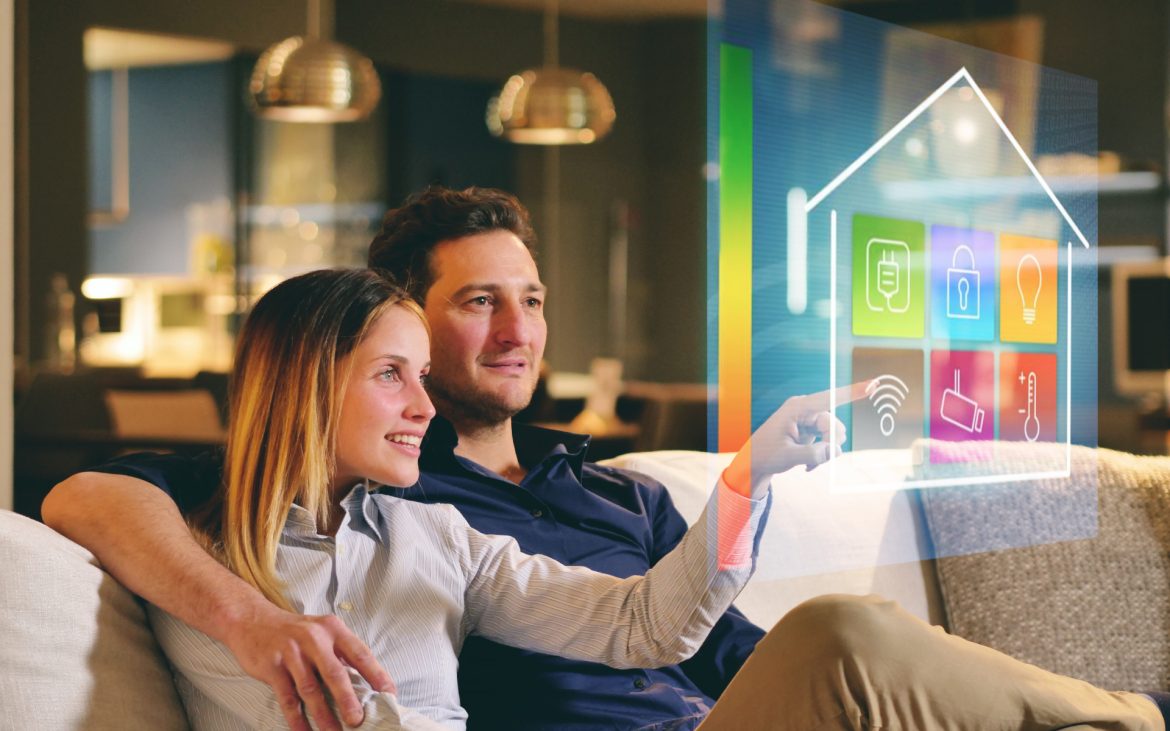Security is another key aspect. Video intercoms with facial recognition, smart locks, door sensors, and alarm systems provide 24/7 protection. Many of them send real-time notifications and allow you to remotely communicate with visitors or check the situation via camera.
However, implementing smart technology requires a thoughtful approach. It’s important to consider device compatibility, Wi-Fi network reliability, and cybersecurity. Low-quality gadgets can become a gateway for hackers, so it’s best to choose products from trusted brands with regular firmware updates.
For the elderly and those with disabilities, a smart home can be a real lifesaver. Voice control, automatic lighting, medication reminders, and emergency call systems help maintain independence and security.
Energy efficiency is another advantage. Smart plugs and consumption sensors allow you to track which appliances are consuming the most electricity and turn them off manually or automatically. This is especially useful for older appliances, which continue to consume energy even in standby mode.
In conclusion, smart technology transforms the home from a passive space into an active assistant. It doesn’t replace humans, but it takes over routine tasks, allowing you to focus on what’s truly important. The key is to start small: one or two devices that solve specific problems, and gradually expand the ecosystem.
Advertising


